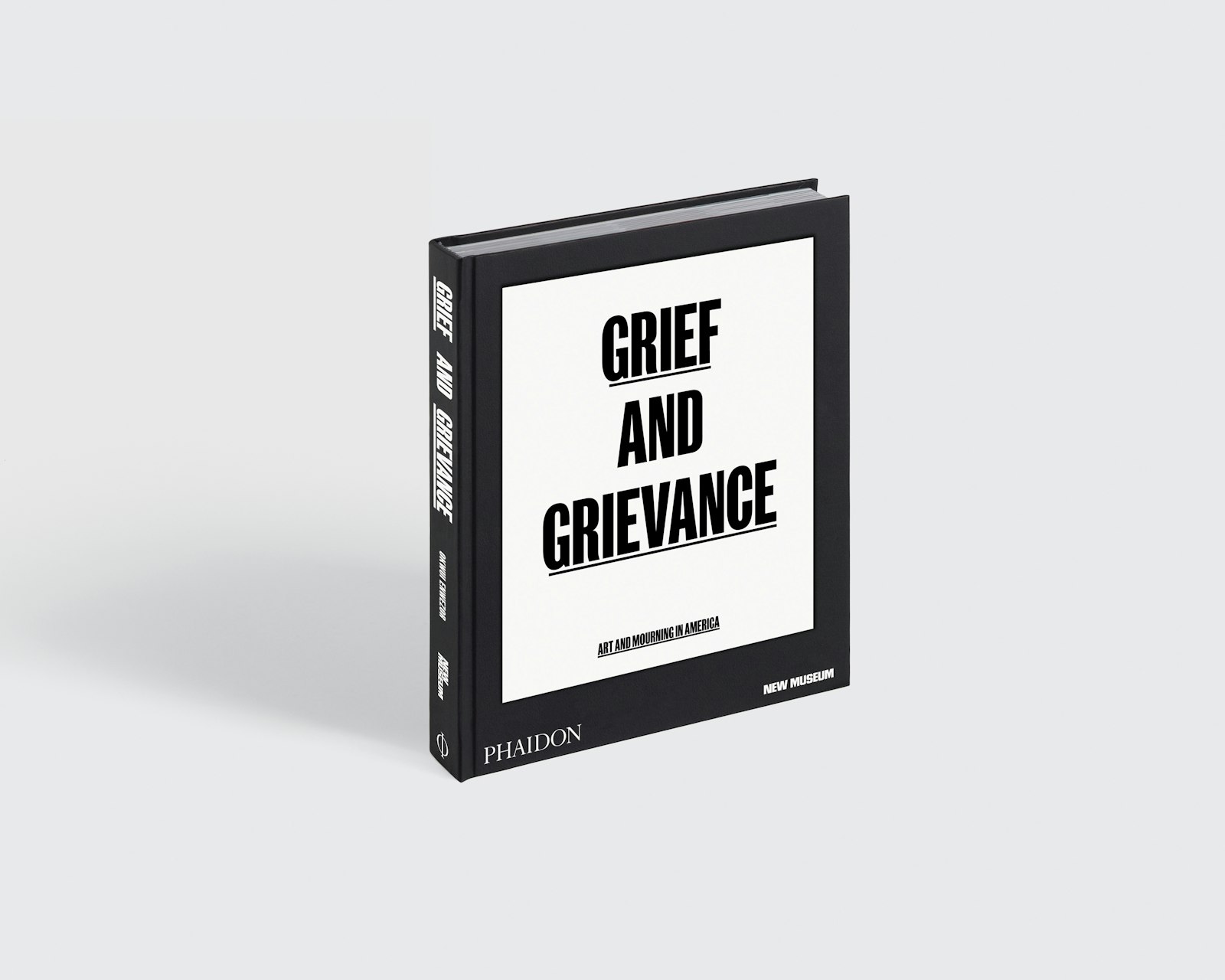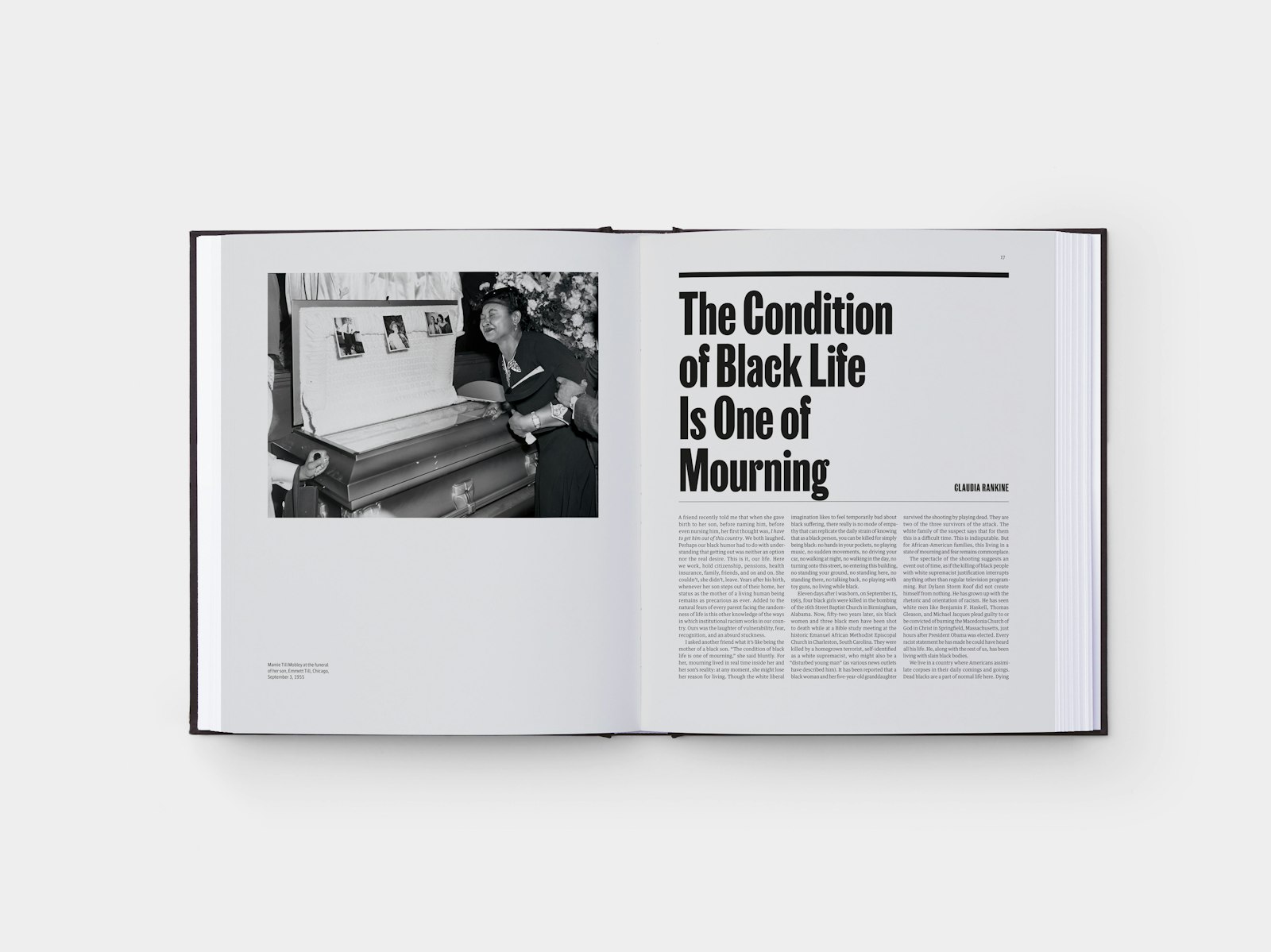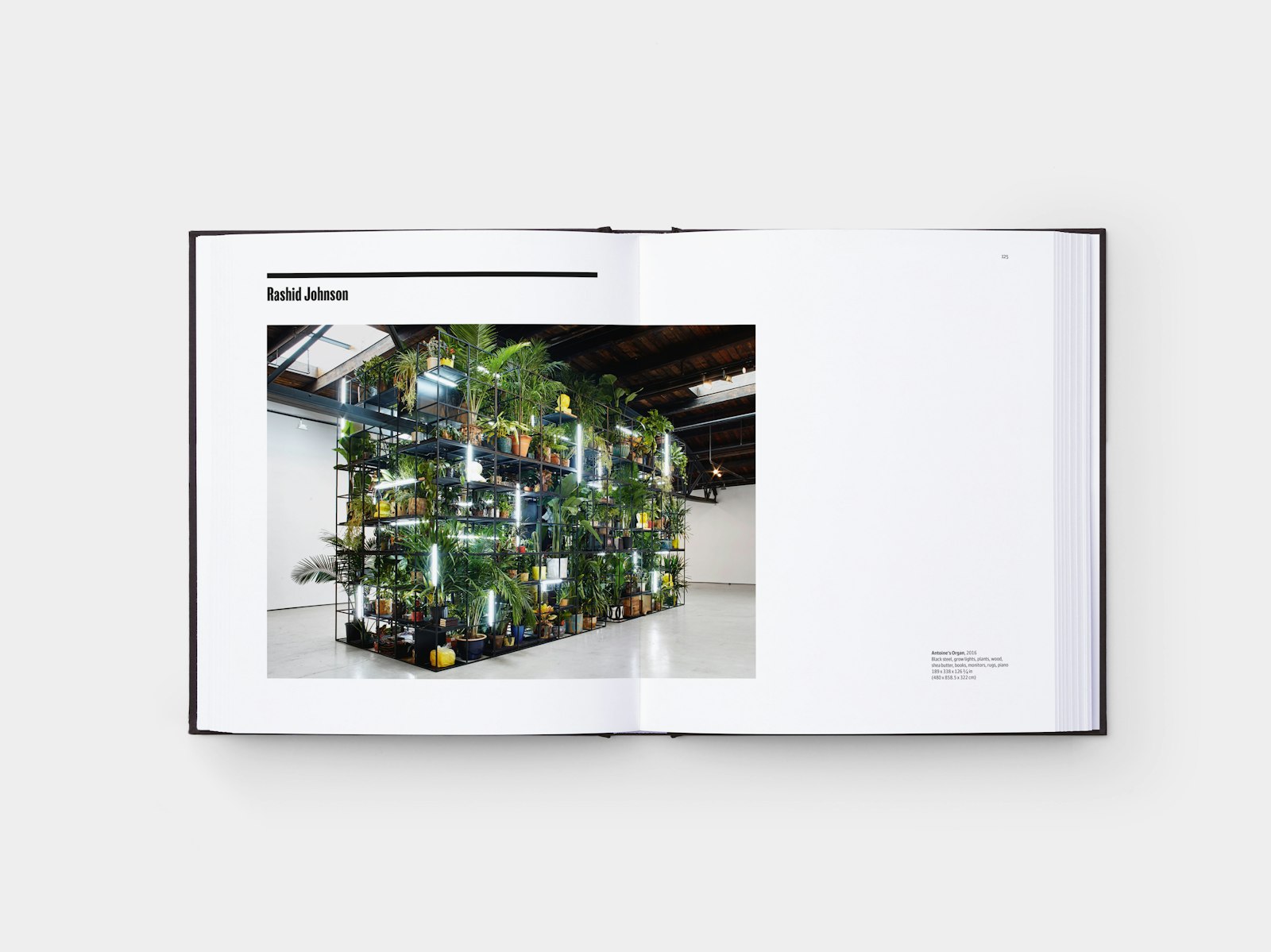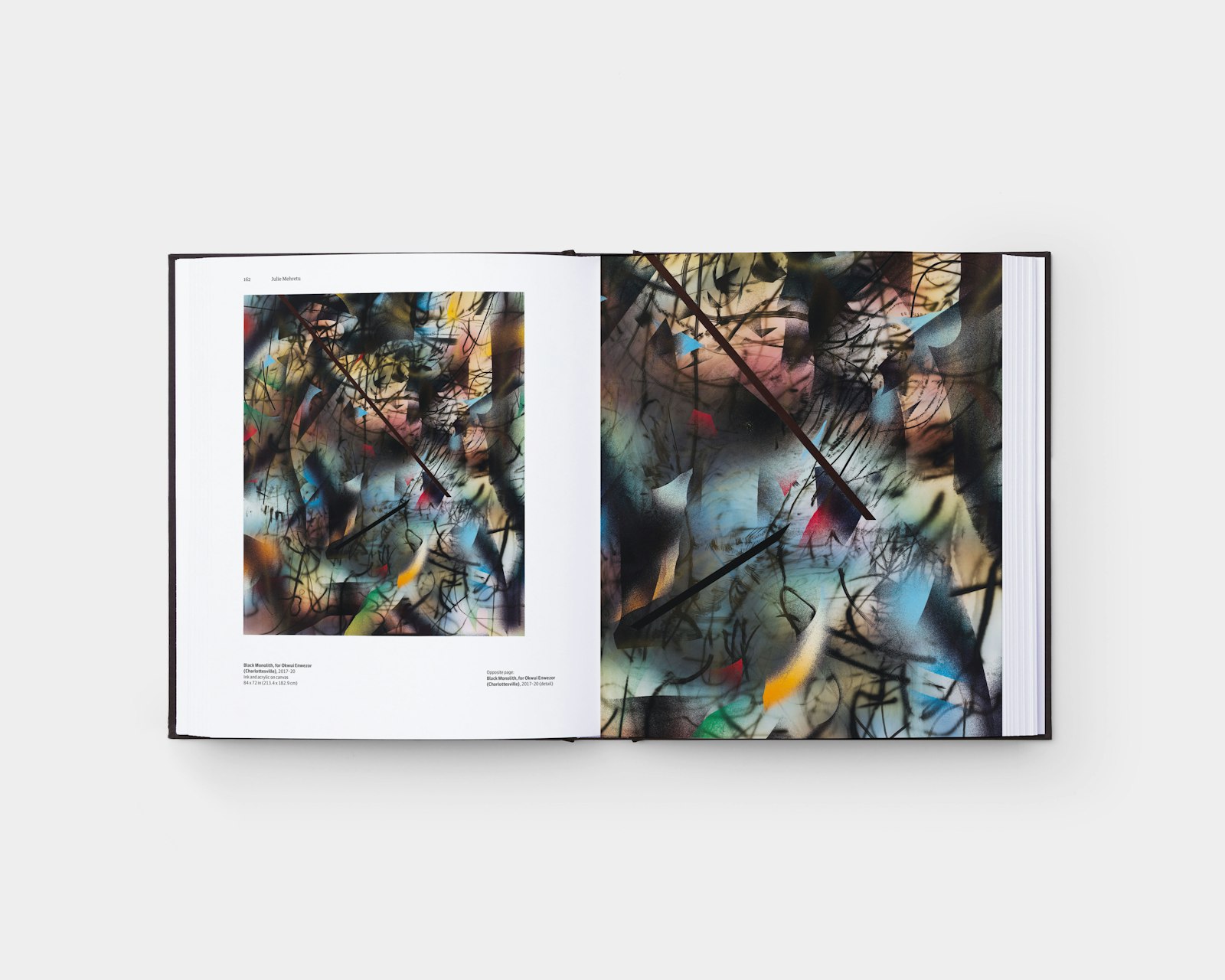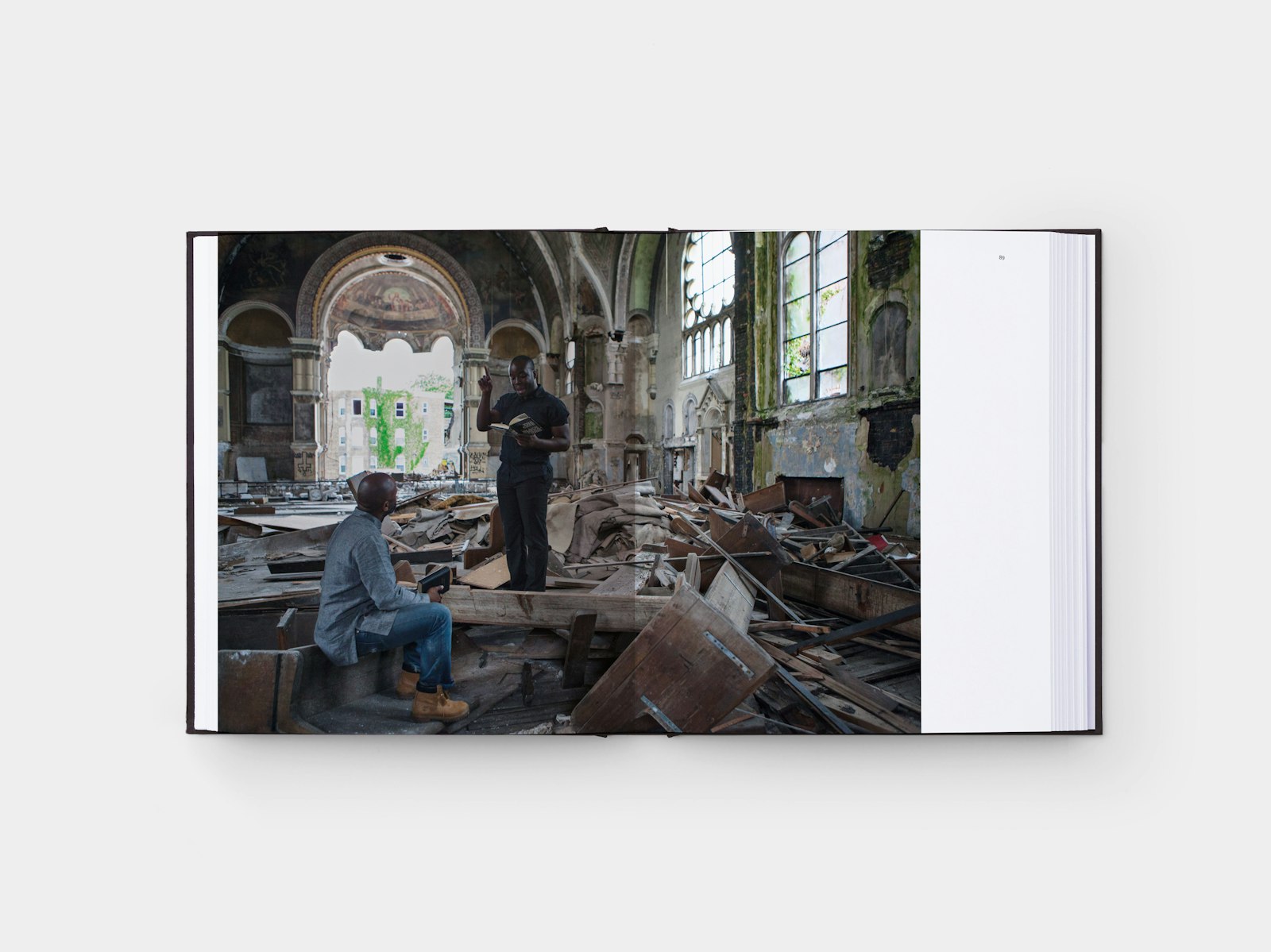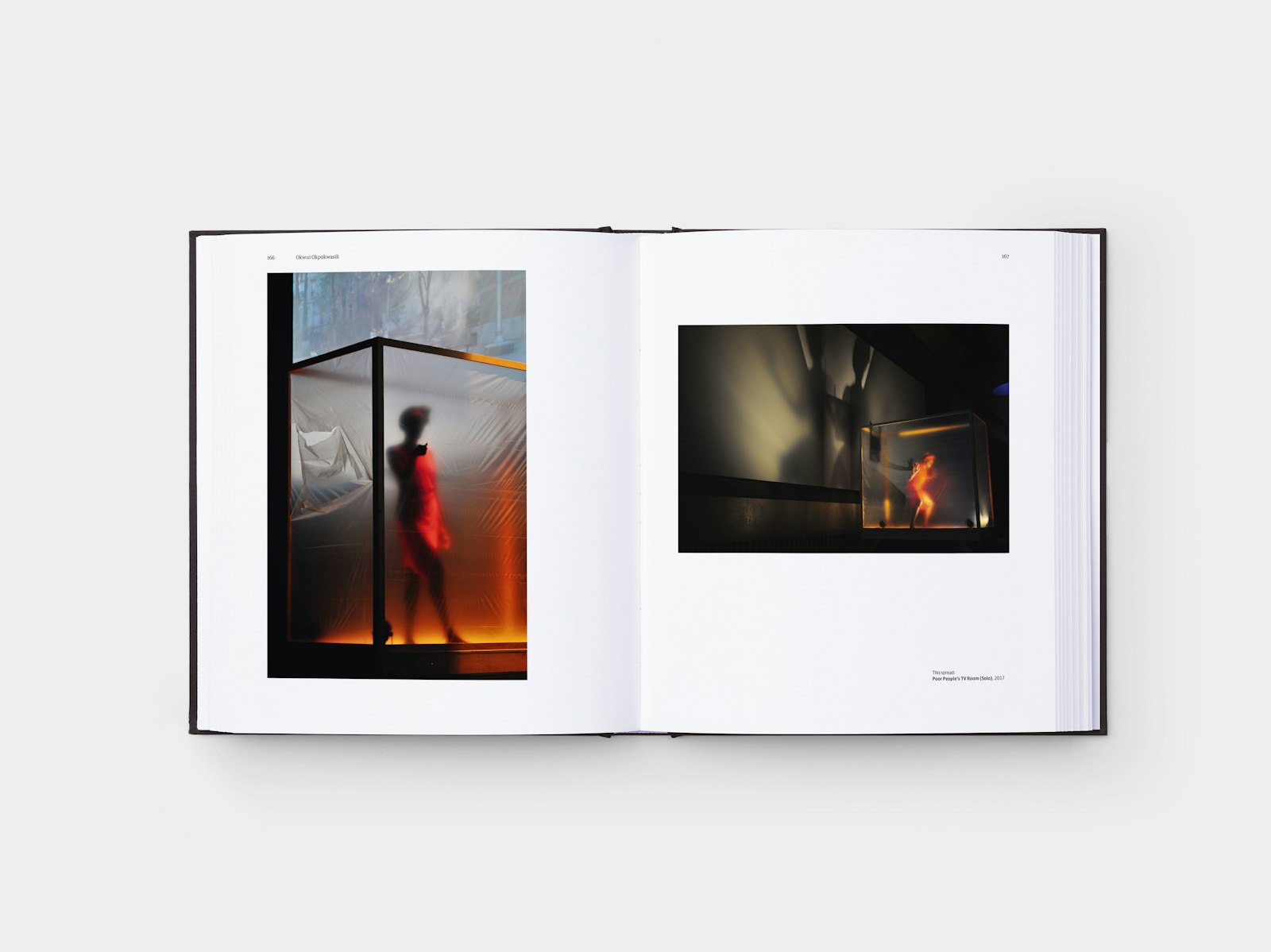“Grief and Grievance: Art and Mourning in America,” is an exhibition originally conceived by Okwui Enwezor (1963-2019) for the New Museum. It will be presented with support from curatorial advisors Naomi Beckwith, Massimiliano Gioni, Glenn Ligon, and Mark Nash. “Grief and Grievance” is an intergenerational exhibition, bringing together thirty-seven artists working in a variety of mediums who have addressed the concept of mourning, commemoration, and loss as a direct response to the national emergency of racist violence experienced by Black communities across America. The exhibition will further consider the intertwined phenomena of Black grief and a politically orchestrated white grievance, as each structures and defines contemporary American social and political life.
In January 2019, Enwezor asked artist Glenn Ligon to serve as an advisor to the exhibition. Given the advanced state of planning and the importance of the exhibition, following Enwezor’s death on March 15, 2019, and with the support of his estate and of many of his friends and collaborators, the New Museum established an advisory team. The curatorial advisors and the New Museum also see this exhibition as a tribute to Enwezor’s work and legacy. Since he began work on the project, Enwezor had expressed a desire to open the exhibition in proximity to the American presidential election, as a powerful response to a crisis in American democracy and as a clear indictment of Donald Trump’s racist politics. Although the COVID-19 pandemic has delayed the opening of the exhibition, the works included in the exhibition speak powerfully to America’s past, present, and future.
We were approached by PHAIDON and the New Museum to design and conceive the conceptual and visual language of the catalogue. The curators were looking for a design that is fresh and contemporary, while at the same time retaining some of the more somber elements of a classic exhibition catalogue, given the subject matter of the show. In our process of poetic research we encountered many typographic expressions of Black grief. Connections emerged between the history of the Black church, bible book matter, Black funerary bulletins, newspaper headlines from the civil rights movement, and protest signs from Black Lives Matter. All of these were typographic expressions of the themes documented in the show.
This research informs the design of the cover which is a direct reference to the now iconic “I AM A MAN” posters of the 1968 Memphis sanitation worker’s strike, printed by Black printers days before Dr. Martin Luther King’s assination. The inset tip-in on the cover references these protest placards. Use of large, heavy, condensed gothic type along with an underline rule are motifs seen throughout essays and artist’s work sections. Essay sections are separated from the image sections by a tint of grey that evokes newsprinted paper and locally printed funeral flyers. The catalogue is sized to reflect the heft of African American church pulpit bibles.
To further typographically reference obituaries, newspapers, and church ephemera, we asked XYZ Type partners, Jesse Ragan and Ben Kiel for early use of a sans serif version of a typeface called ‘XYZ Egyptienne’ which has late 19th-century slab serif structure, reminiscent of Victorian mourning sensibilities. By removing the serifs the type was able to carry the importance and weight of the writer’s essay titles in a more contemporary way, while stylistically expressing the stoic rage that is an inherently human response to grief. These visual and typographic metaphors are visible throughout the publication mirroring the repeated artists use of abstraction as a strategy for confronting or mediating moments of historical violence or social upheaval.
Contextualizing the work of contemporary artists within an important legacy of political and aesthetic strategies, which have defined the history of art and representation in America for decades, the exhibition will stand as proof that many of the concerns driving the current debates around race, discrimination, and violence in America have been left unconfronted for far too long. As Enwezor suggested, Black grief has been a national emergency for many years now, and many artists have consistently addressed it in their work.
Hardcover, 10 x 11.5inches, 264 pages
- Designer
- Silas Munro
- Designer
- Brian Johnson
- Typeface design
- Jesse Ragan
- Typeface design
- Ben Kiel
- Exhibition advisor
- Glenn Ligon
